Over the last couple of years, I feel more than ever that my bills are growing while my paycheck remains the same. The prices of some groceries are ridiculously high, and changes for the better don’t seem to be on the horizon.
A recent CBS News poll revealed that two-thirds of Americans believe that prices have continued to rise over the past few weeks and expect this trend to continue.
The all-items Consumer Price Index (CPI), a measure of economy-wide inflation, increased 0.2% from June 2025 to July 2025, and 2.7% from July 2024 to July 2025. What’s worse, at the same time, food prices grew 2.9%.
Beef is one good example of an essential food staple in the U.S. whose price grew incredibly over the 12-month period from June 2024 to June 2025. Its price reached $6.12 per pound.
Taking all this into account, it’s no surprise that 53% of Americans now consider the necessity of food a major source of stress. The July poll from the Associated Press-NORC Center for Public Affairs Research also found that about 33% confirm that grocery expenses cause minor stress.
Most retailers are having trouble making their prices affordable due to inflation, tariffs, and high labor costs. Still, some retailers charge different prices for products across various sales channels.
Chris Rogers, at the helm of retail media and delivery company Instacart, urges retailers to change this strategy.
Instacart CEO Chris Rogers urges price parity among retailers
Instacart CEO Chris Rogers recently spoke at the Goldman Sachs Communacopia + Technology Conference. Rogers stressed the need to make affordability the number one priority.
“Affordability is probably the biggest unlock to online grocery adoption. We know that it’s the No. 1 reason that people churn off of Instacart,” Rogers said, adding that affordability will be a “key lever” in retaining more consumers, as reported by Grocery Dive.
Related: McDonald’s CEO raises alarm about new customer behavior
Rogers, who became chief operating officer in mid-August, also shared that the company is working with its retail partners on their pricing strategies and loyalty programs.
He used this opportunity to urge retailers to price their items on Instacart at or just above in-store prices, saying retailers that already do are faring better on the Instacart platform.
“We’re going to really show the business case to retailers and show them the compelling reasons why they should do this and also just make sure that we’re educating them on the broader digital landscape,” Rogers said.
Additionally, Rogers pointed out, Instacart data show that consumers who shop from price-parity retailers are “retaining better,” suggesting that price parity is a strategic move for retailers.
Inside Instacart’s growth and business model
The San Francisco-based Instacart offers retail enablement solutions for retailer banners across over 100,000 locations. It aims to transform the way consumers shop, eat, and live.
Instacart operates a grocery delivery and pickup service in the United States via a website and mobile app, allowing consumers to order groceries from participating retailers. A personal shopper then picks, packs, and delivers the order.
Related: Warner Bros. Discovery CEO drops bad news for HBO Max subscribers
Like many other delivery services, the platform grew significantly during the Covid pandemic, and in September 2023, it started trading on the Nasdaq Global Select Market.
Despite its development, the company faces competition from e-commerce giant Amazon.
Instacart benefits from Amazon’s grocery push
In August, Amazon confirmed the expansion of same-day delivery on perishable groceries, including meat and frozen foods, to 1,000 cities and towns, and it plans to expand further until the end of 2025, reported Business Insider.
While this might seem like bad news for Instacart, the CEO suggested the opposite. According to Rogers, after Amazon’s expansion, Instacart actually saw more interest in its services from the retailers it works with.
“We are going to use this as a rallying cry with our retailers,” Rogers said about the Amazon announcement.
Rogers added that although Instacart parent company Maplebear has not yet reached profitability under GAAP measuring standards, it is experiencing huge growth.
While Instacart pushes for affordability to retain customers, new data from McKinsey’s Consumer Wise research showed that consumer sentiment in the U.S. declined last month amid higher costs and economic anxiety.



